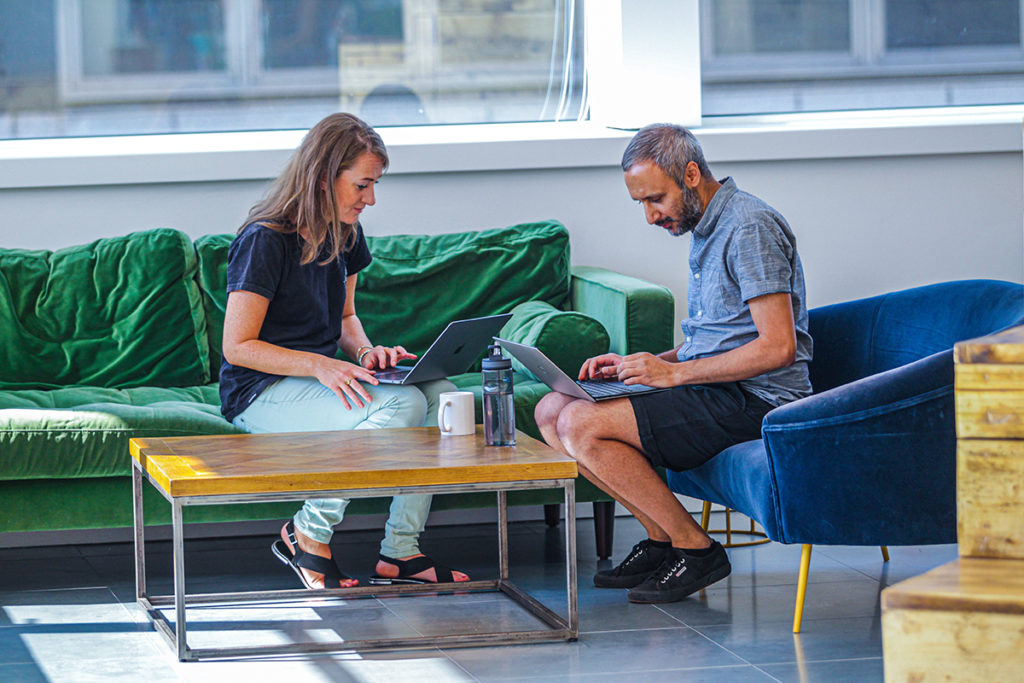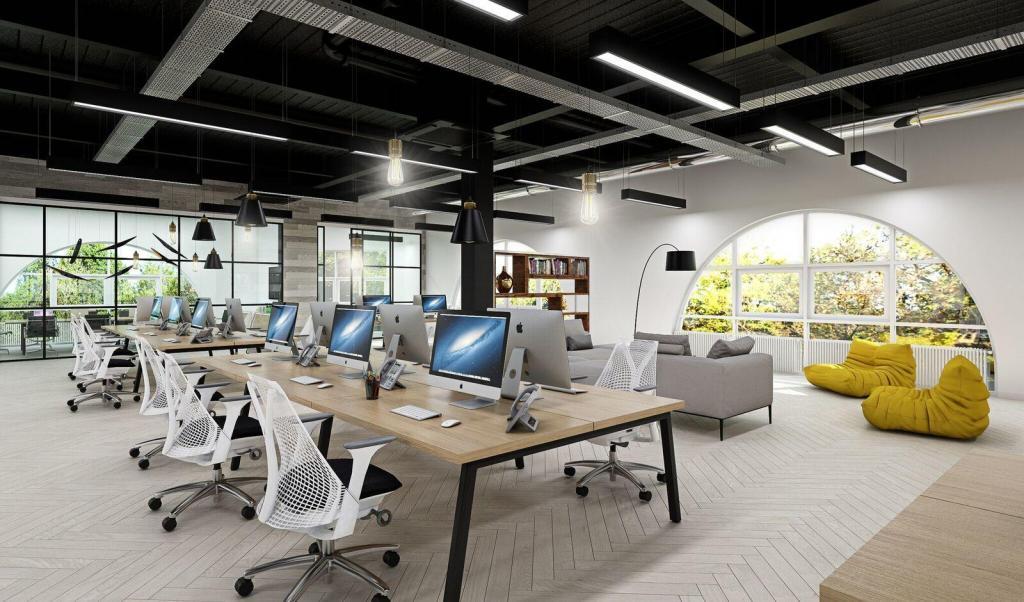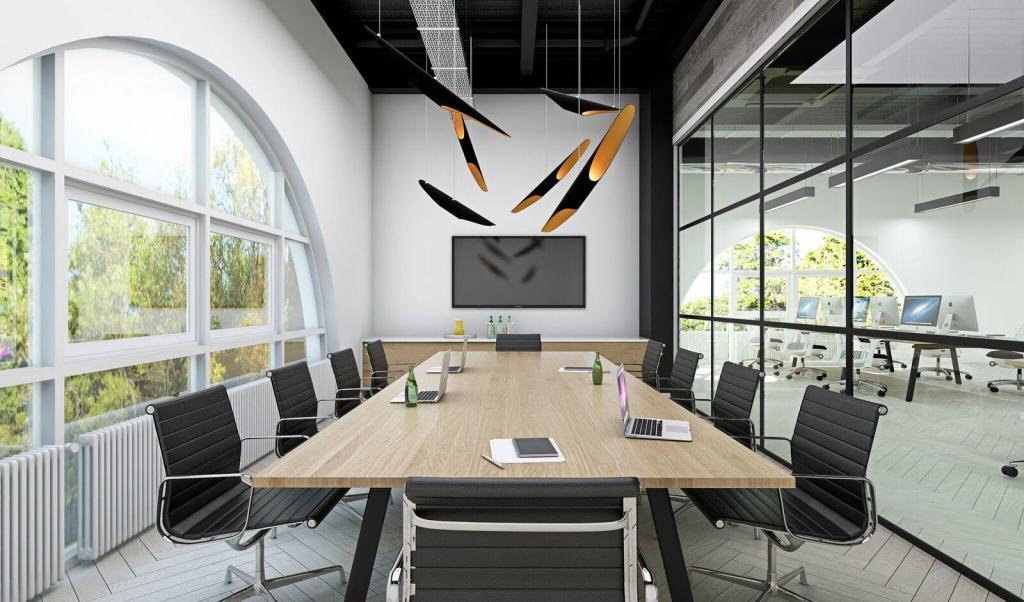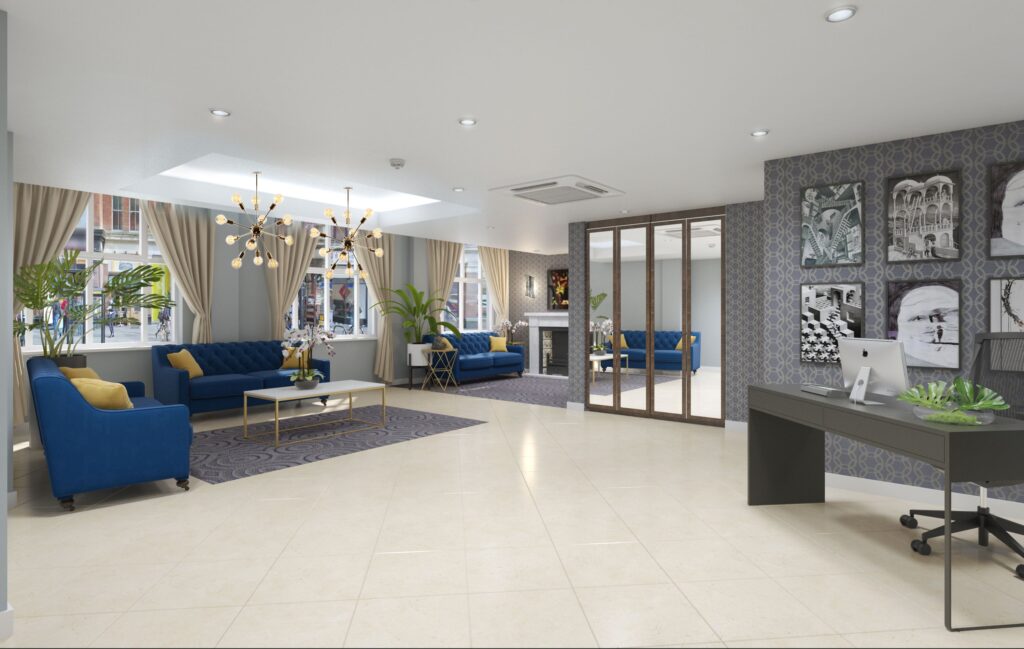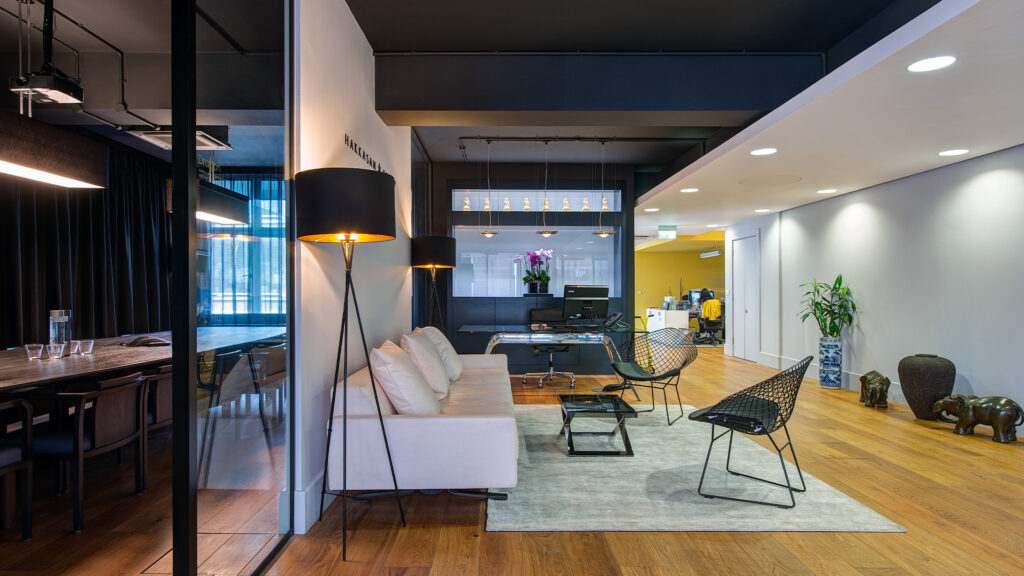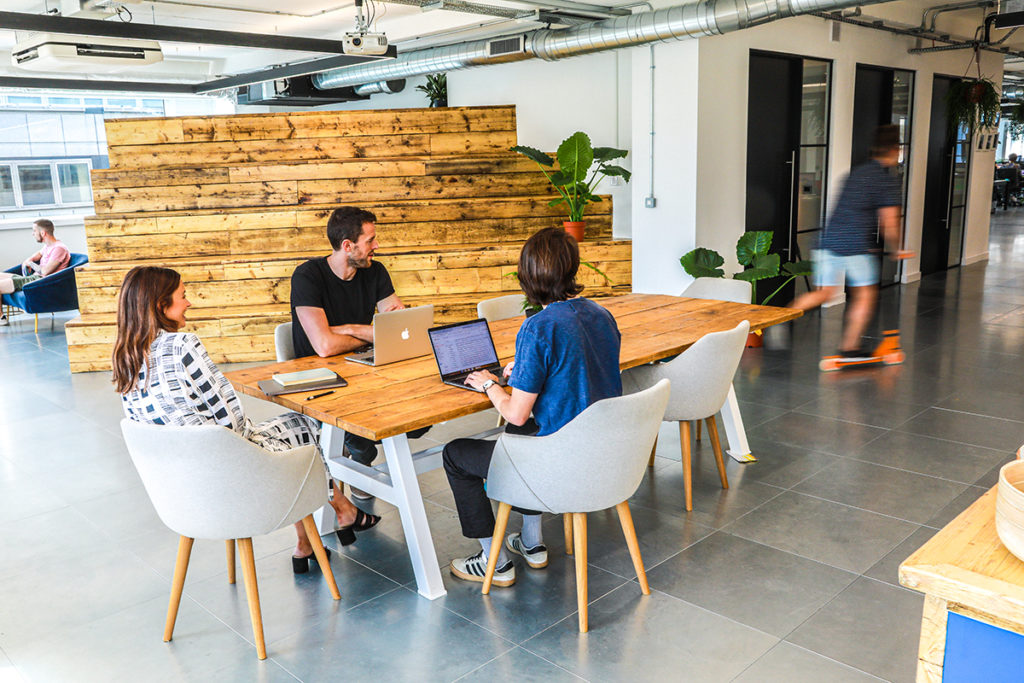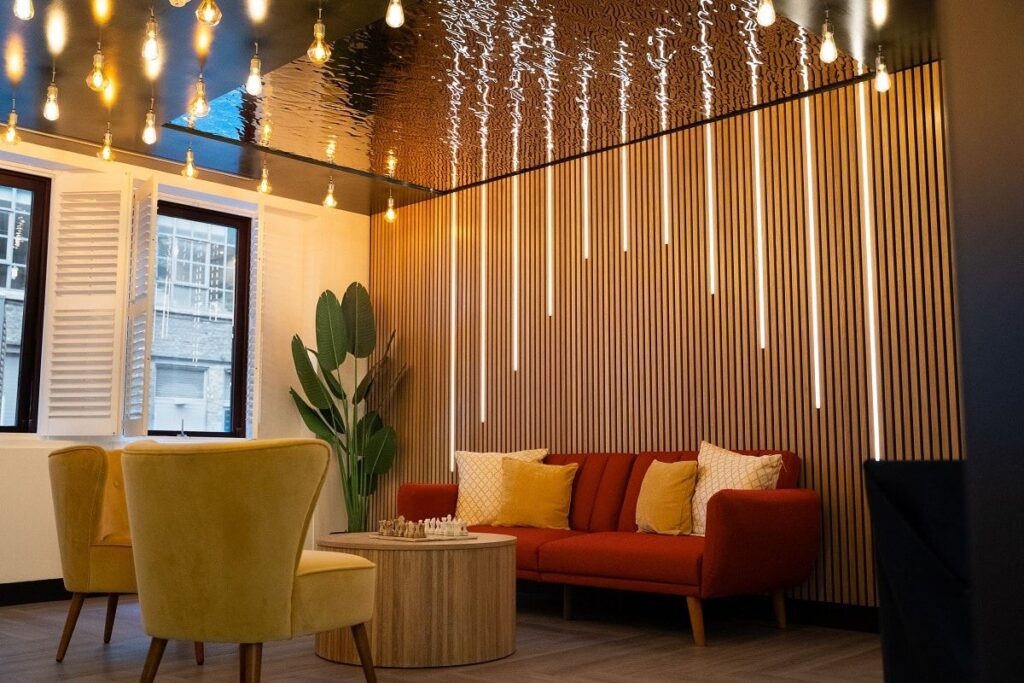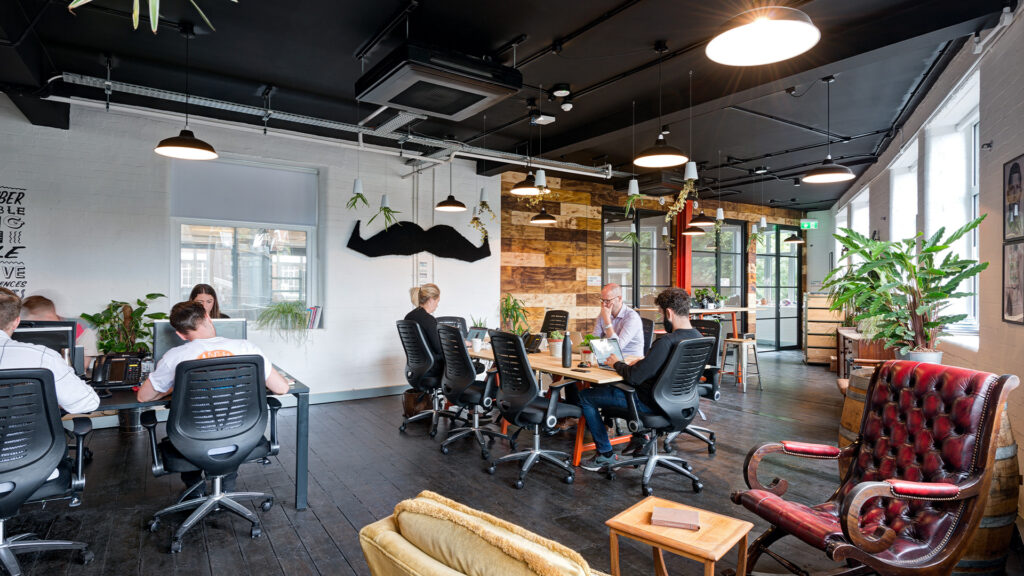Almost 60% of your workforce is looking for another job—and most of them aren’t leaving in search of better pay and benefits. That’s the conclusion reached by Investors in People, who cite job satisfaction as the number one driver behind the desire to change roles. So what does satisfy workers? Overwhelmingly, it’s flexibility as a way of doing business.
These findings cause a problem for companies stuck in the old 9 to 5. The future of work is changing, and future-proofing your business means getting savvy with anytime, anywhere office design. With that in mind, here are some office design features organisations should embrace as they move toward the workplace of the future.
Diversity in office design
By 2020, workforces will be a mixed bag part-time workers, contract-based workers, full-time remote workers, global service companies—a dizzying array of non-traditional relationships that don’t need office interiors in the conventional sense but rather need flexible office design that allows them to come together when needed for a specific project.
Managing on-demand talent means offering diversity and choice. Open plan spaces, huddle nooks, work pods and touchdown zones provide flexible office interiors that address the ebb and flow of mobile employees while letting all types of workers work side by side, indistinguishably. In the process, companies can focus on space efficiency, eliminating non-essential work environments and lowering office costs.
Office design for the human experience
Wellness is the key to a future-proof office refurbishment. This could be as simple as incorporating bike storage for commuters or the ability to work outside and take some air. At the other end of the scale, fitness centres, cafés and on-site retail accommodate the full range of wellness amenities.
Of course, it’s not realistic to think that every organisation could include a cinema in their office fit out. But bright, productive office interiors coupled with inviting lounges for social time moves us away from merely balancing “work” and “life” as separate spheres towards seamlessly integrating work and social into a single human experience.
Office design for the Millennials
The next-generation of employees are true digital nomads. They are perpetually connected, socially mobile and free from the bland-cubicle way of working, because they demand the technology that allows them to work on the move.
Mobile tech is central to future office design. Workers increasingly will demand communication tools that follow them wherever they go. Because of this, office interiors must incorporate ample power sources so employees can perch and plug from different locations, smart meeting rooms that can bring together workers in various locations and private telephone spaces for quiet conversation.
In a nutshell, the future-forward office fit out shakes workers out of old routines. We expect to see floor plans opening up, technologies used to enhance mobility, social hubs replacing four- walls-and-a-door office design — and a lot less hierarchy.
The question is, is your office future-ready?




